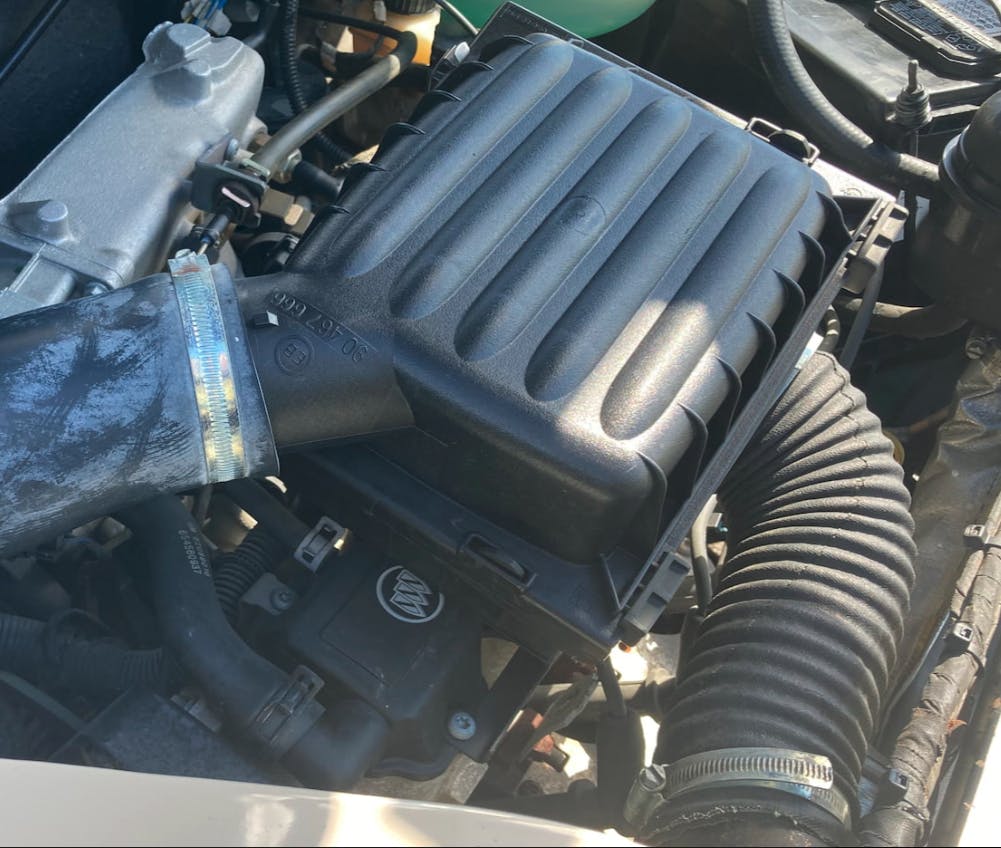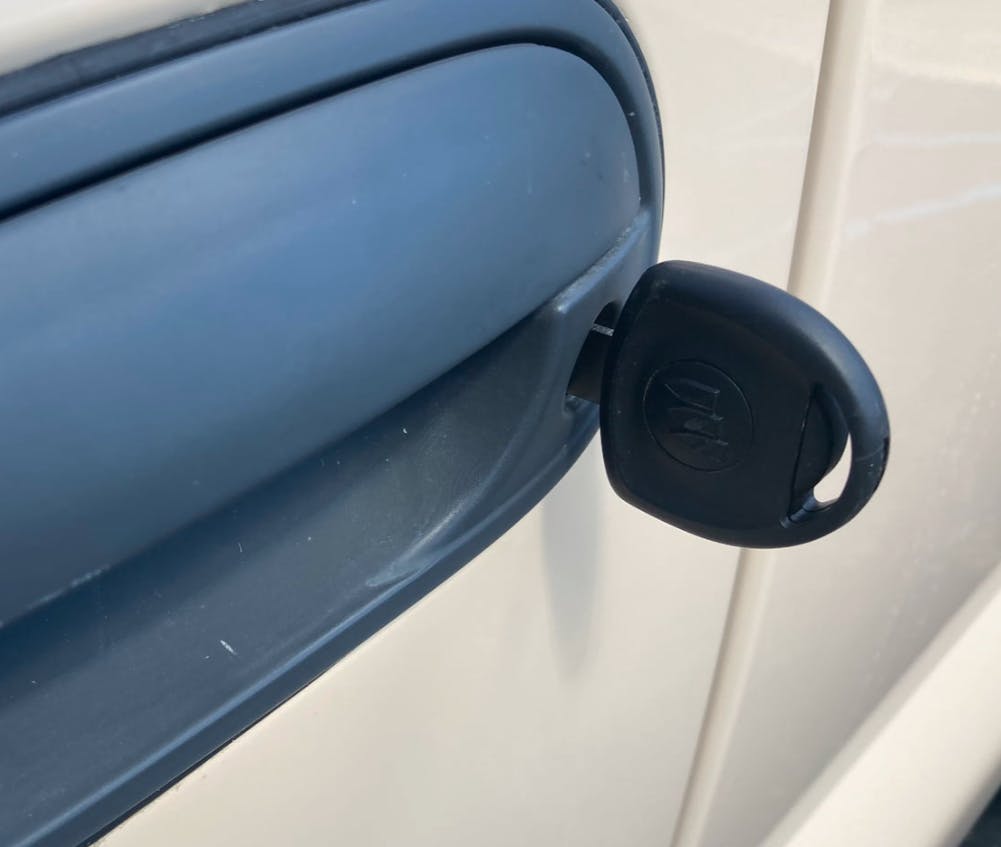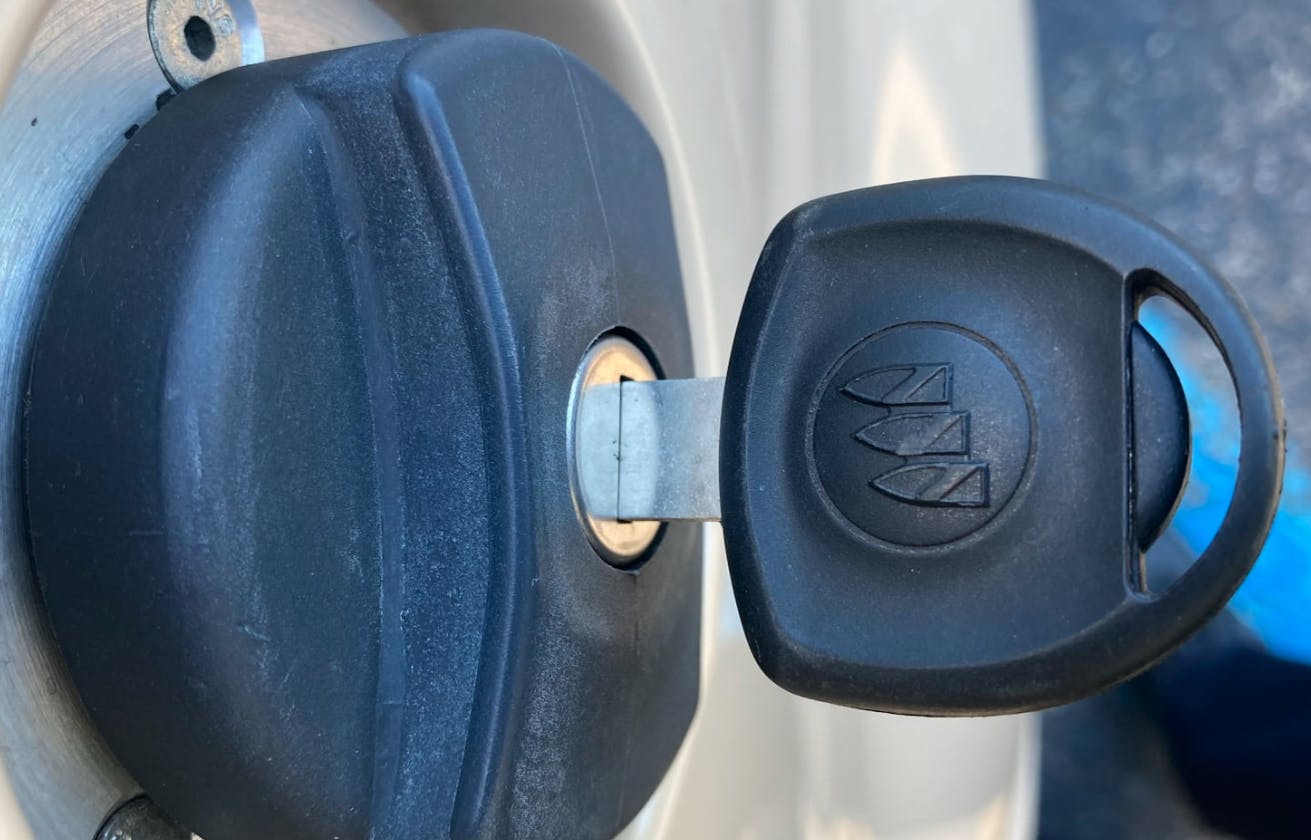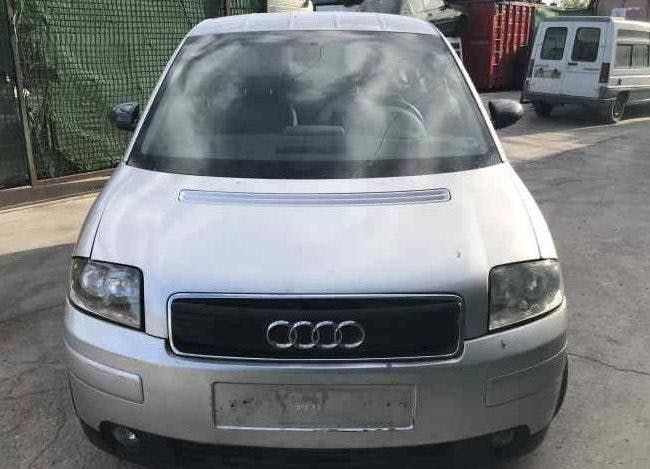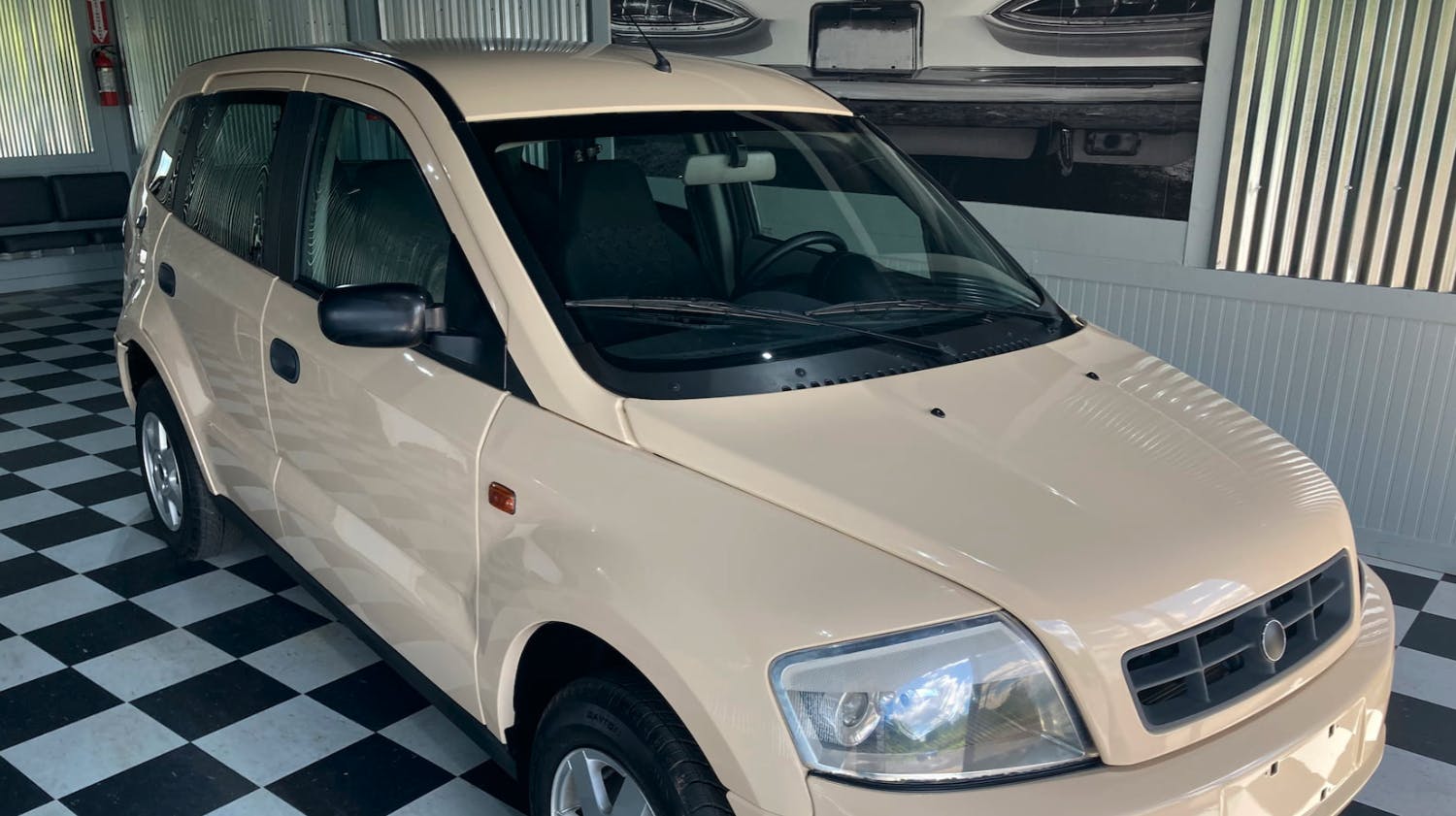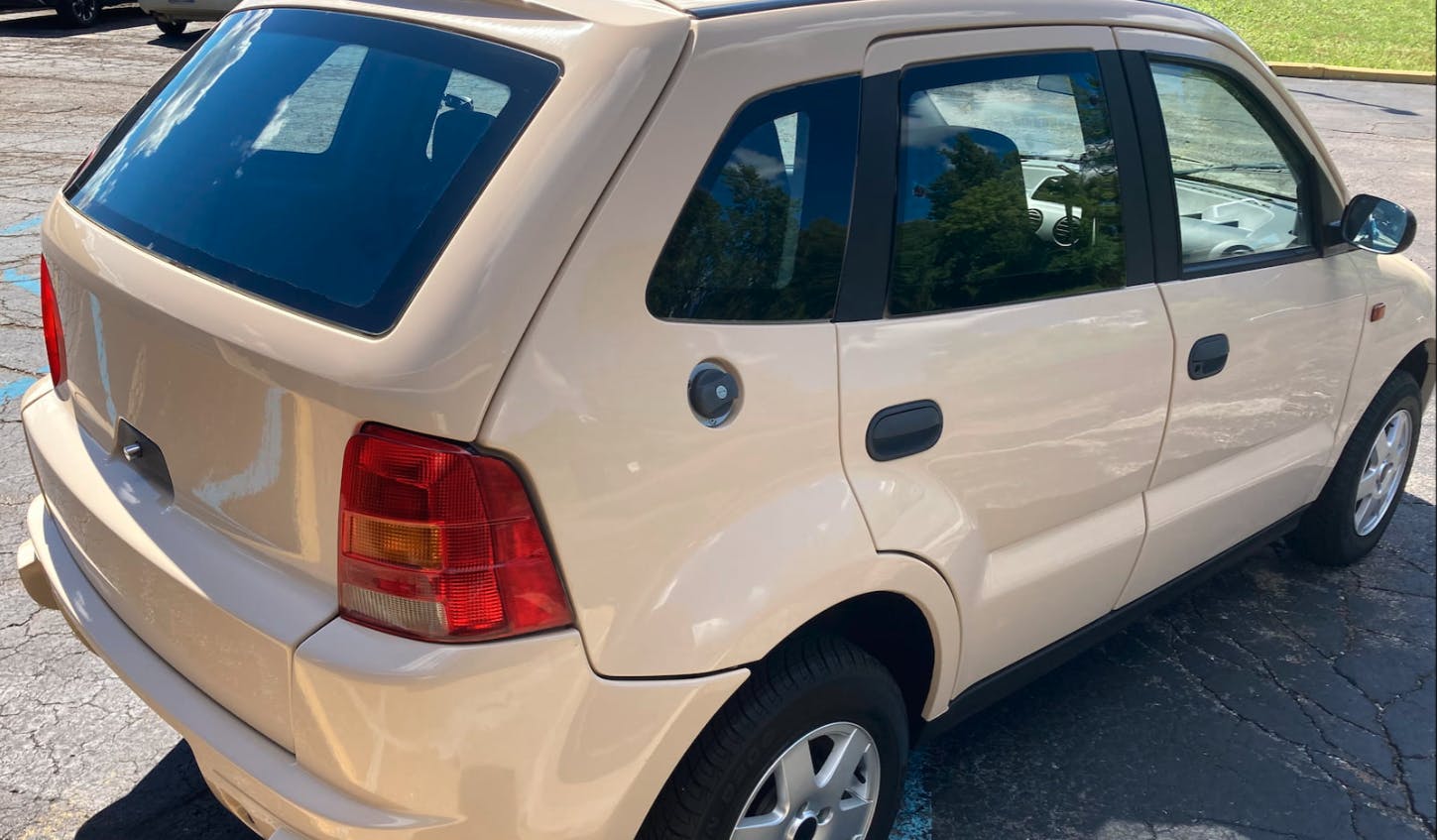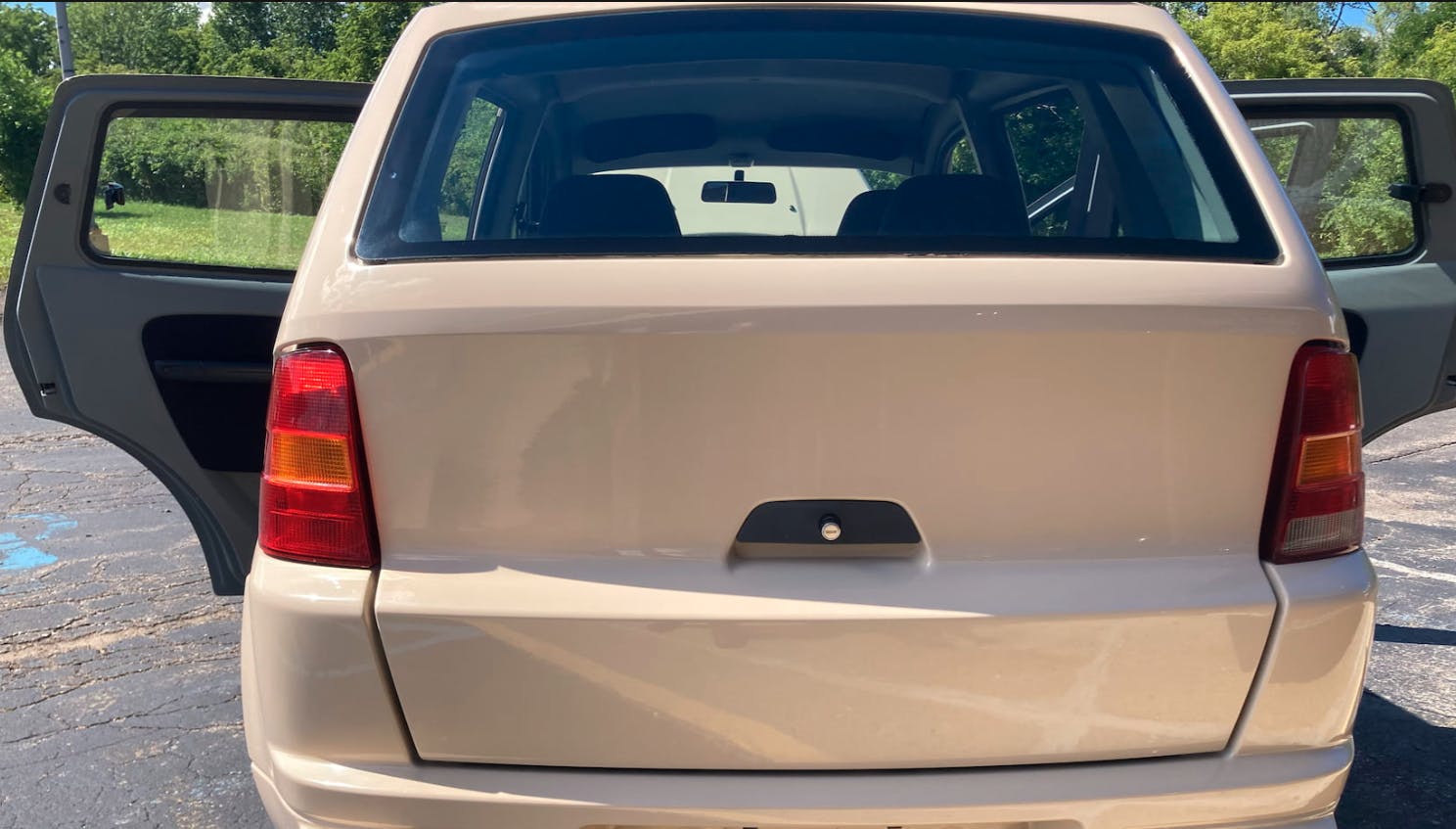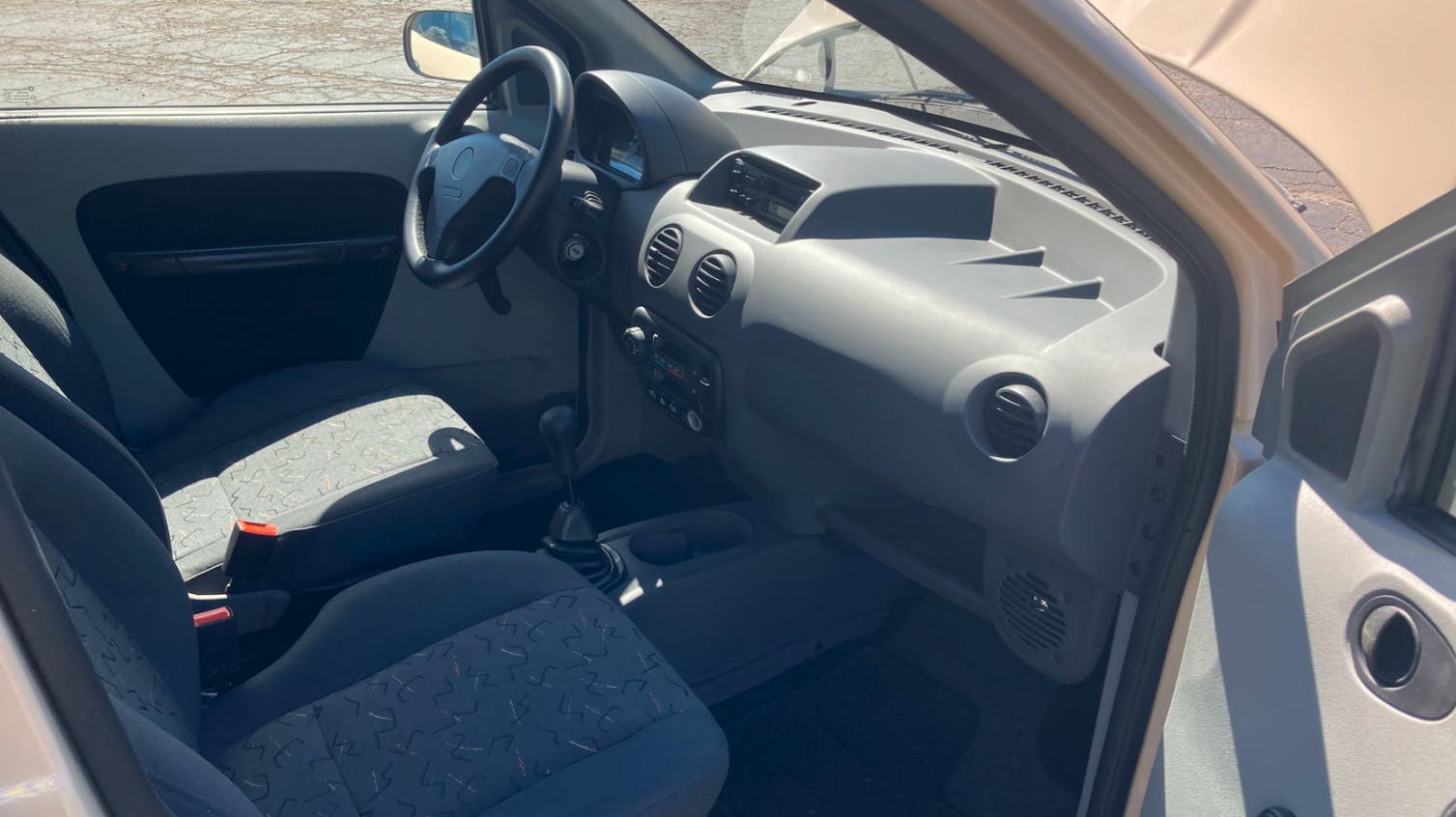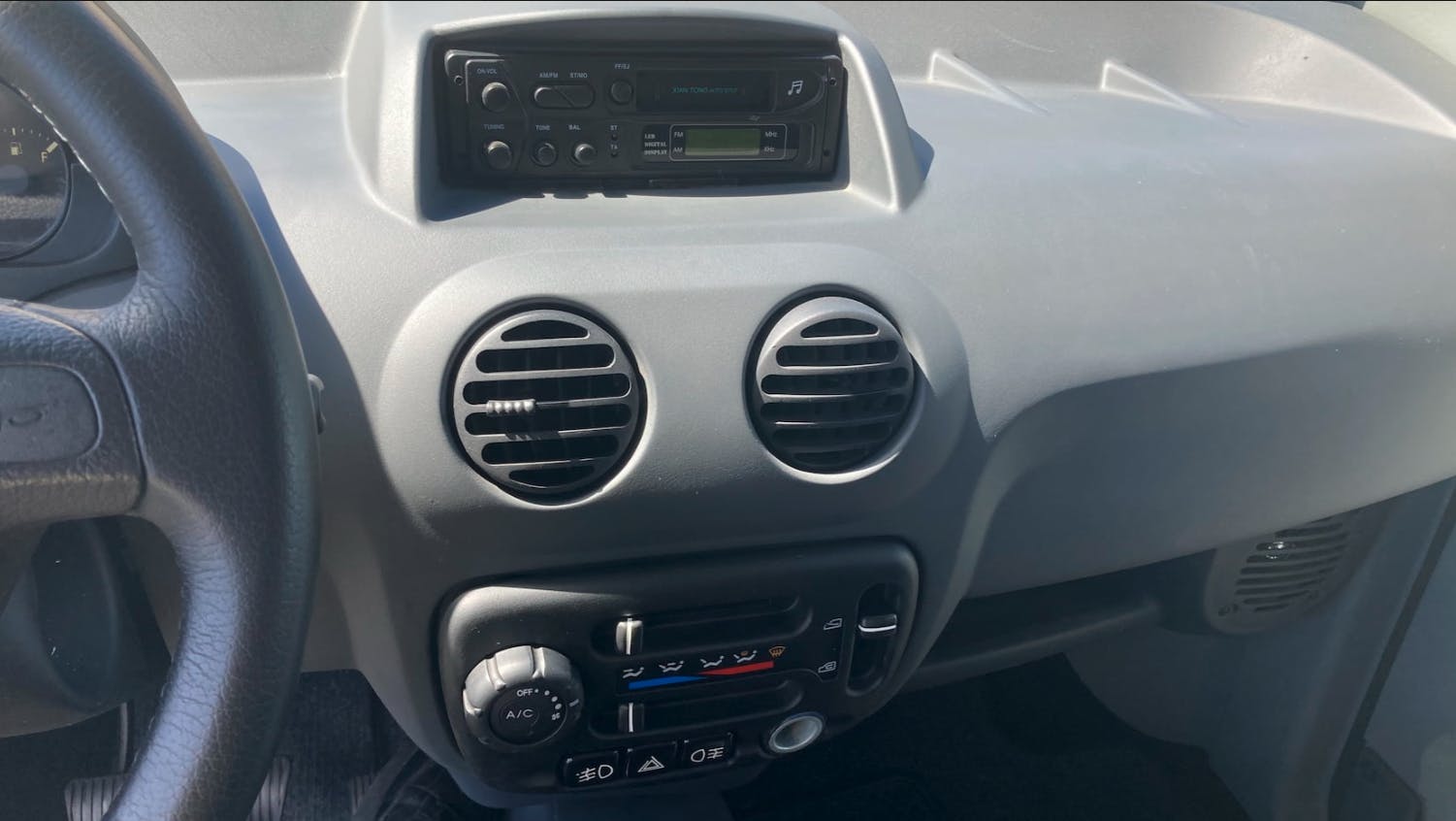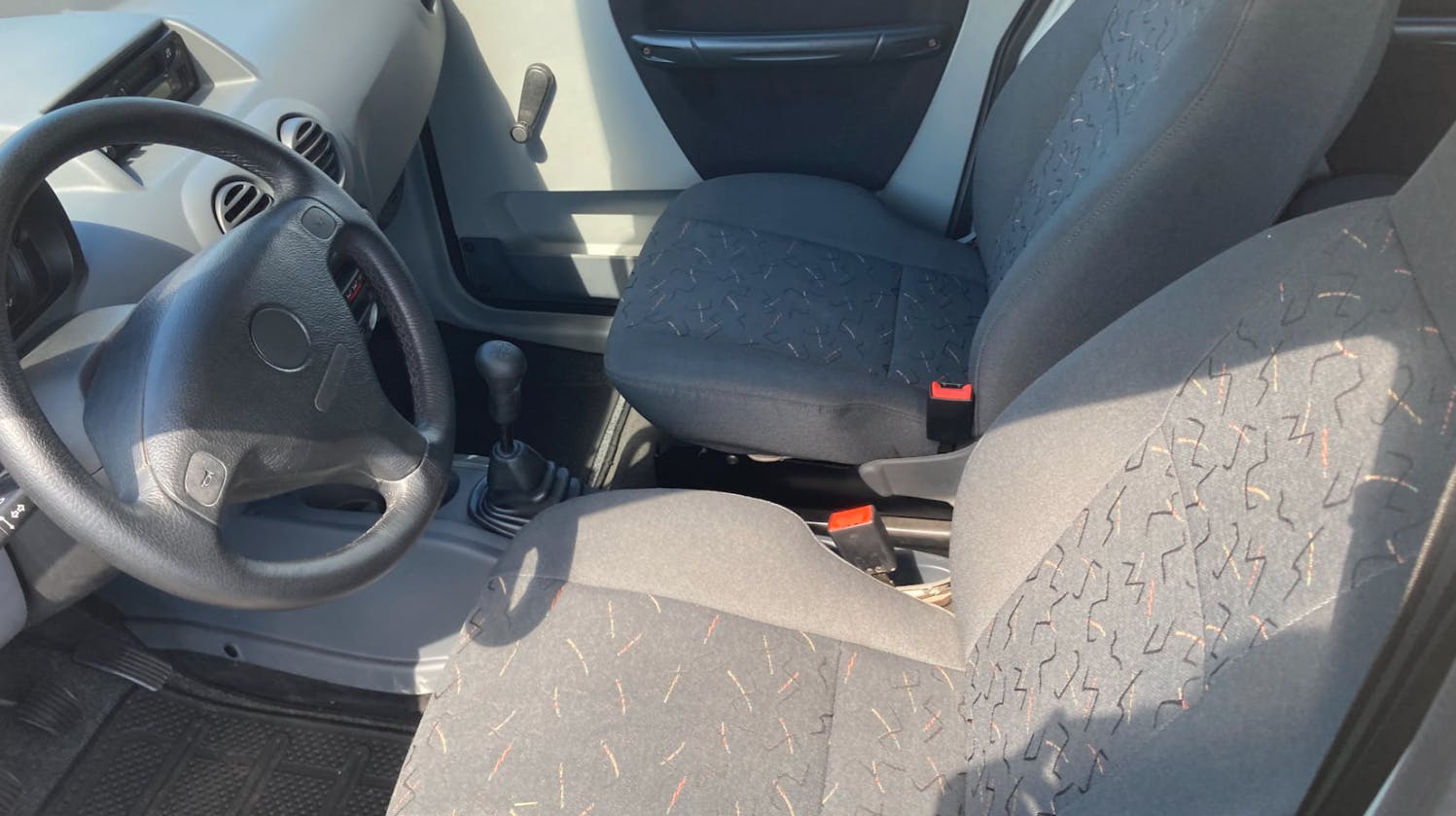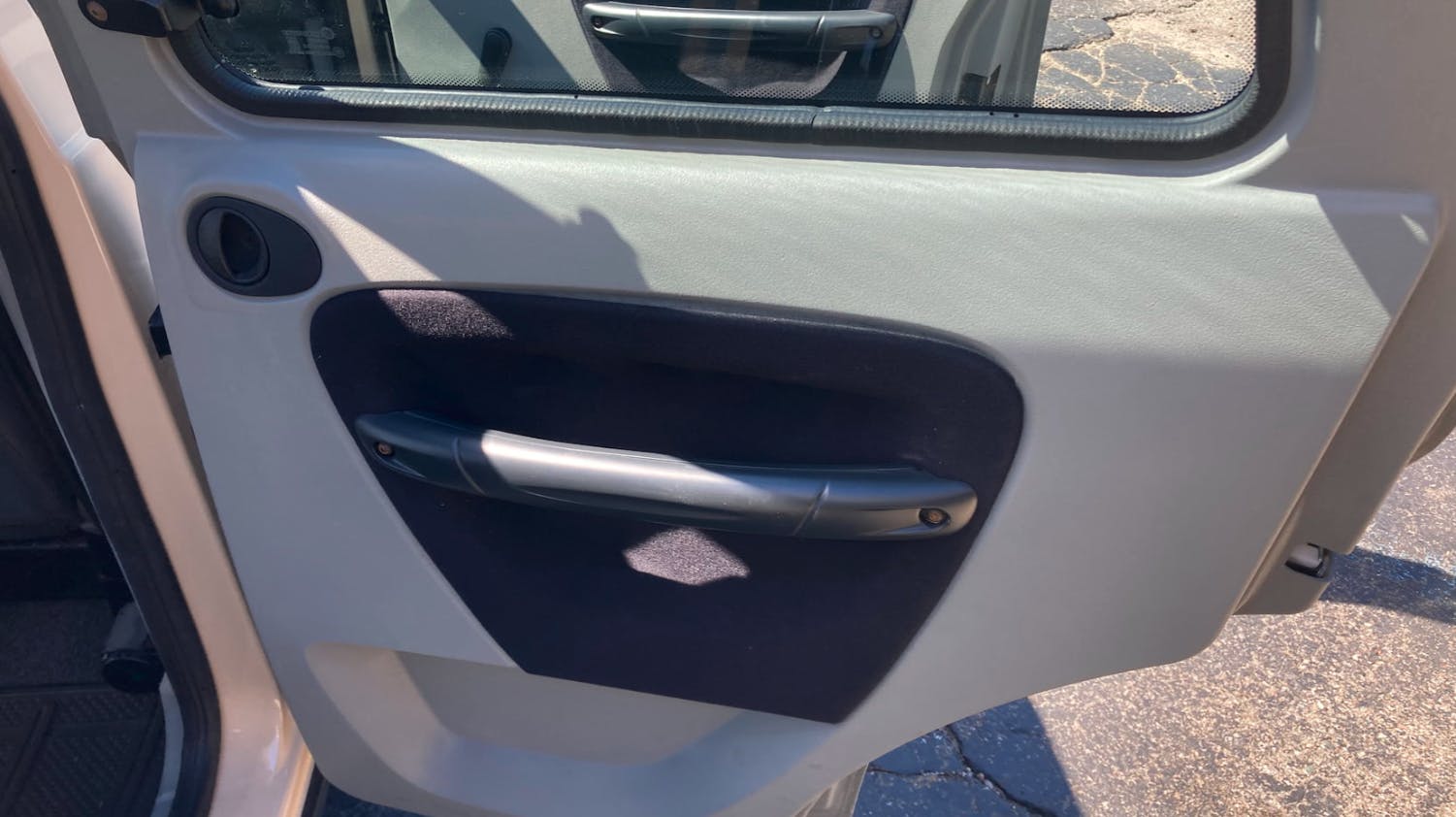This “Buick” weaves a sordid tale of GM’s darker days
Perhaps you heard that the Buick Encore is made in South Korea, but Buick’s crossover global roots go farther back than that. You’ve no doubt heard that Buick only survived GM’s bankruptcy because of its success in China; if not for flagships like the Park Avenue sedan, the (surprisingly elegant) Regal, and the GL8 luxury-executive minivan, odds are the tri-shield brand woulda gone the way of Pontiac back in 2009. So let’s take it to the next step: Imagine Buick of China watering itself down to the level of the entry-level Skyhawk back in 1980, like Cadillac with the J-body Cimarron.
This isn’t a terribly positive story, as the corporate entity of General Motors wasn’t in good shape at the time. But we’re getting ahead of ourselves. What’s the 2000s-era equivalent of ushering GM’s X-body, one of the Malaisiest cars of all time, to a premium brand and putting it on a global stage?
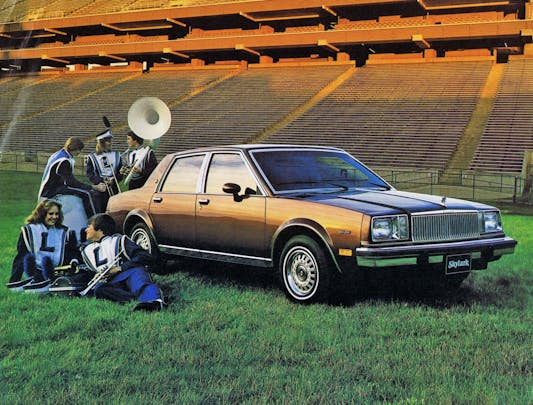
The logical step into the future would be a compact Buick CUV aimed squarely at Southeast Asia’s strongest players. That’s where today’s remarkable example of badge engineering surfaces, as found on the docket at Mecum’s Chicago auction. The seller claims it’s a prototype Buick, with the telltale signs of Buick-branded keys and cam cover as proof.
The Buick with no name, no VIN, and no title has all of 239 kilometers on its odometer. The seller says it’s been stored indoors almost all its life and is the only example remaining among three prototypes. The nameless Buick also sports a 1.5-liter four-pot (of unknown origin) with a five-speed stick and comes with the decadent luxury of conditioned air from its ventilation system.
This unadorned crossover looks like it could be from one of many manufacturers in China or Southeast Asia. But since this is a GM product, all fingers point to Daewoo. I doubt Opel would claim it, as the front end is an obvious knock-off of the 1999 Audi A2. Imagine the shade Audi’s designers would throw if Opel styled such a derivative, cost-engineered schnoz?
The rest of the exterior resembles a Dodge Caliber (the hood closes atop the fenders) with the high roof proportioning of the second generation (2003–2012) Fiat Panda. Still, it looks like an original, if yawn-inducing, design. The integrated rear hatch handle is a nice touch, but the exposed gas cap is far too utilitarian for a Buick. Panel gaps look pretty horrible too, so all signs point to this mystery machine being a budget vehicle for markets with less-than-ideal road conditions.
Which is kinda great, as honest vehicles with a basic design have long since disappeared from U.S. shores. But questions about its origin remain, as the door handles, taillights, and even the front windscreen (usually a good sign of a shared platform underneath) are hard to place.
The interior feels distinctly un-Buick in its antiseptic, hospital-like implementation of dull plastics and depressingly perky seat fabrics. It looks perfect for the harsh environments of places where infrastructure is nearly non-existent. But it still feels like an unfinished prototype that should have never reached this stage in the process. This isn’t a properly sorted Daewoo, even if its interior door handles are sourced from the Matiz. The vent registers also look Matiz-ian, though the Xian Tong cassette deck is clearly from China. But wait, it gets weirder.
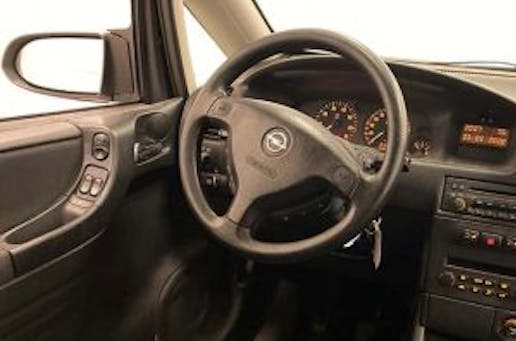
This Buick isn’t entirely a Southeast Asian affair: That leather-wrapped steering wheel looks like the Opel unit found in vehicles like the Zafira (above) with a cheaper horn pad (and likely no airbag). On a whim, I posted about this Buick to my Twitter account—perhaps someone possessed knowledge I lacked. I was right, as a former industry insider tweeted back.
Did some quick research. Used the tape deck name [Chinese], some of the interior parts [the HVAC panel & vents are Hyundai Atos units, for example]. Looks like it’s a China study done for GM to figure out how to build a people’s car circa 2000. TWR did the work, hence parts bin
— (Middle) Stephen (@7ForwardGears) September 8, 2022
A design study for the Chinese market, eh? Unlike most tweets, this one has some merit. It’s not uncommon for large companies to outsource just about anything to a third-party consultant. TWR is one such consultancy, and this vintage article has a rather telling quote as to why an automaker should chose TWR over its in-house staff:
“There are more products to be developed than there are engineers. The trend is to do things faster, and to do niche vehicles as soon as the opportunity presents itself. Businesses recognize their own organization works in a different process and with a decision-making procedure that ours does not.”
And this Chinese Design Study (CDS, for short) fits that quote to a proverbial T. To be clear, there’s no way to know if TWR made the CDS profiled here. But would anyone who received their paycheck from General Motors think it was a good idea to procure gauges from Italy’s Magneti Marelli when a similar part could be made in the CDS’s backyard for much, much less?

The CDS’ bizarre hash-marks point to half-assed work, another sign of slap-dash work for billable hours to prove the concept to the customer. The customer being General Motors, not anyone in China desperate enough to consider owning this abomination. No matter, there’s an Italian angle we need to discuss on a deeper level.
General Motors formed an alliance with Fiat back in 2000. It was sharing parts aplenty in the hopes of forging stronger ties. That’s not conjecture on my part, either: I drove a 2005 Chevrolet Equinox with a Fiat 1.9-liter, CDI motor during a GM-sponsored, SAE collegiate competition program for engineering students. Students were free to raid GM’s global parts bin (including Fiat) and the team from the University of Wisconsin-Madison did a fantastic job. Its diesel-electric-hybrid-powered baby, lovingly referred to as “Moovada,” earned second place at the same event I attended, proving you absolutely can marry GM and Fiat parts to make an impressive machine.

Which begs the question, is the CDS’ 1.5-liter mill also sourced from Fiat? (If only we could see the casting numbers on the block.) Why did management types (allegedly) pay a boutique consultancy to make this Buick-ish monstrosity out of Daewoo, Magneti Marelli, and Chinese components? Allow me to postulate.
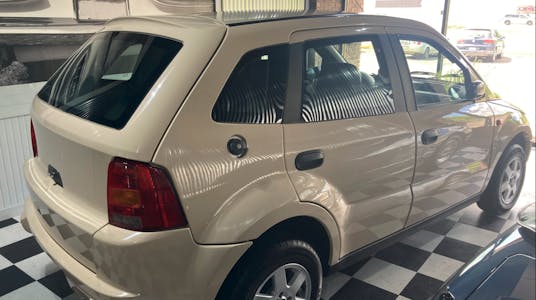
It’s all about synergy, that dirty word used by MBA-types like yours truly. And there’s nothing quite as synergistic as a German-Italian-Korean-Chinese hybrid with an American emblem to check every box on a manager’s annual goal-setting wishlist. Business dialog aside, consider the CDS at this particular moment in General Motor’s history. Operationally, GM was in serious need of help. (Bankruptcy proceedings providing necessary restructuring were years away.) To prove the point, recall that GM paid Fiat a whopping $2 billion to back out of the deal in 2005. That’s right, 2 billion dollars to not buy Fiat after 5 years spent trying to do exactly that.
Ah! Yeah that makes a lot of sense. I remember the equity swap circa 2000 followed by the ugly breakup a few yrs hence. GM had to pay big too [a few billion $ I think]. They did co-develop full platforms, motors. Makes sense TWR would raid Fiat’s bin & they owned MM back then
— (Middle) Stephen (@7ForwardGears) September 8, 2022
These were heady days indeed. But even if I got this all wrong, this CDS may still have a sordid tale to tell, one unlike that of any other vehicle found at auction. Whatever the truth may be, this story will never be duplicated. The CDS was never intended for North America, and considering how rapidly the Chinese market was evolving at the time, I’m sure SAIC-GM gave this rig a definitive yīdìng bùxíng.
While the owner suggests this CDS/Buick is the only surviving example of darker times at General Motors, we hope that, when viewed through the lens of history, it will thrive with a new owner. This wasn’t a great moment in GM’s history, but there’s a market even for such strange fish. Let’s hope this CDS with Buick emblems gets its due.

